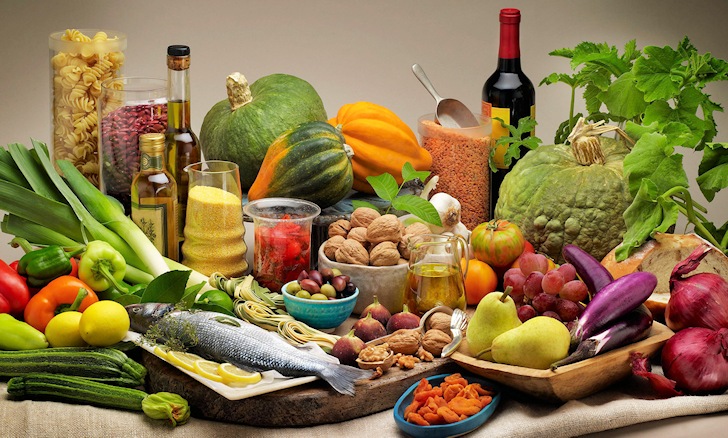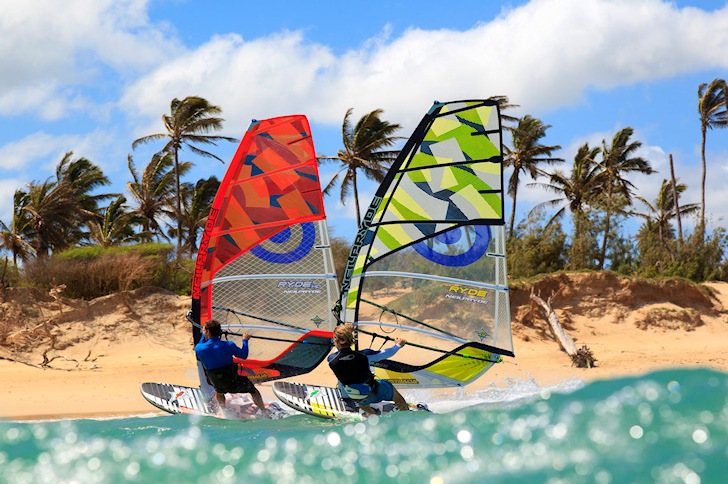What is the best diet for windsurfers? Health promoter Henrik Beyer shares what research has to say about diets and how this relates to windsurfers.
At the beginning of a windsurfing season, many sailors realize that they have gained weight and consider losing a few pounds.
To what diet should they turn to help them?
Since the milk cure diet was introduced in the 18th century, which assigned each individual a specific cow to drink from for a week, to "modern" high fat and low carbohydrates diets, we have learned a great deal about healthy eating.
For centuries, diets have helped people lose weight and consistently failed to assist people in keeping it off.
Unfortunately, diets tend to be short-term solutions to long-term problems and can lead people to an unhealthy approach to food.
Windsurfers wanting to lose weight should ask themselves if they want a long-term solution or a quick fix that is likely to result in the weight returning after a few months.
Losing weight is rather easy, but keeping it off is harder.

Go with the Mediterranean Diet
New studies by prominent researchers at Yale University have shown that no diet is superior to the other in terms of offering ultimate health benefits.
"Rigid diets are not good. In fact, the best diet is no diet", underlines Henrik Beyer, author of "Health and Fitness for Windsurfing."
Diets tend to focus on individual nutrients such as carbohydrates or fat instead of approaching the foods we eat in their entirety.
Windsurfers need carbohydrates and fat, as well as protein, vitamins, and minerals to be healthy and fit for windsurfing.
The ocean is not only a windsurfer's playground but also a great source of healthy foods that are rich in protein and healthy fats.
Research has shown for a long time that eating mostly vegetables, fruits, whole grains, legumes, limiting meat consumption to twice a week, eating fish twice each week, and consuming healthy fats - such as olive oil - will help you fit and healthy.
"These foods will not only prevent chronic diseases but also likely assist windsurfers to keep their weight off long-term," adds Beyer.
If windsurfers have to pick a diet, the best option is the Mediterranean Diet.
Still, all food recommendations obviously need to be adapted to individual needs to deliver a suitable amount of calories and nutritional value.
The Mediterranean Diet Food List
Fish and Poultry: chicken, flounder, lobster, mackerel, mussels, oysters, salmon, shrimp, salmon, squid, tuna, tilapia, turkey - two meals per week;
Healthy Fats: instead of butter, margarine, and vegetable oil - regular consumption;
Vegetables and Fruits: artichokes, broccoli, celery, celery, eggplant, lettuce, mushrooms, onions, peas, peppers, sweet potatoes, tomatoes - regular consumption;
Dairy: low-fat or fat-free versions of milk, yogurt, and cheese - moderated consumption;
Grains: barley, bulgur, couscous, oats, rice, wheat - regular consumption;
Nuts: pecans and walnuts - moderated consumption;
Water: regular consumption;
Wine: one glass of red wine per day;
